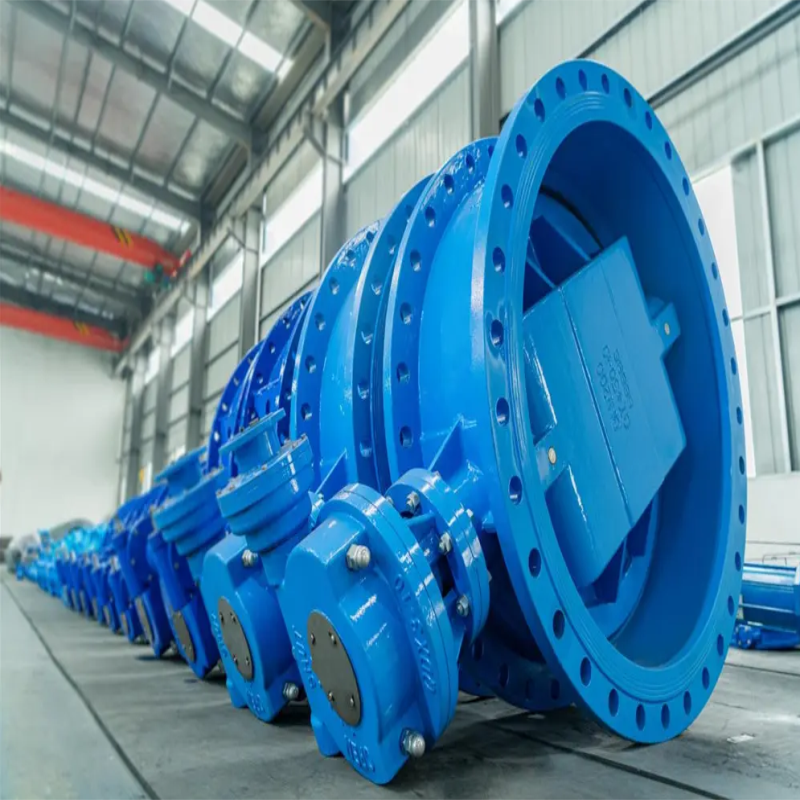Hard Seal: When both sides of the sealing pair are made of metallic materials or other relatively hard materials, it is referred to as “hard seal.” This type of seal has inferior sealing performance but excels in high-temperature resistance, wear resistance, and mechanical properties. Examples include steel + steel, steel + copper, steel + graphite, and steel + alloy steel.
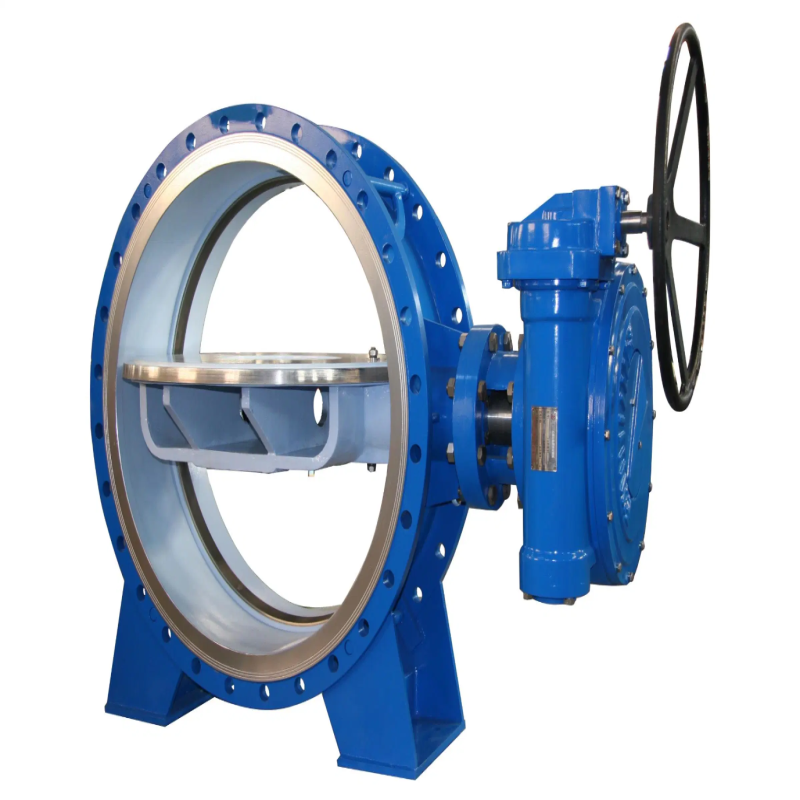
Soft Seal: When one side of the sealing pair is metallic and the other side is a flexible non-metallic material, it is known as “soft seal.” This seal boasts good sealing performance but lacks high-temperature resistance, is prone to wear, and has inferior mechanical properties. Examples are steel + rubber and steel + PTFE (Teflon).
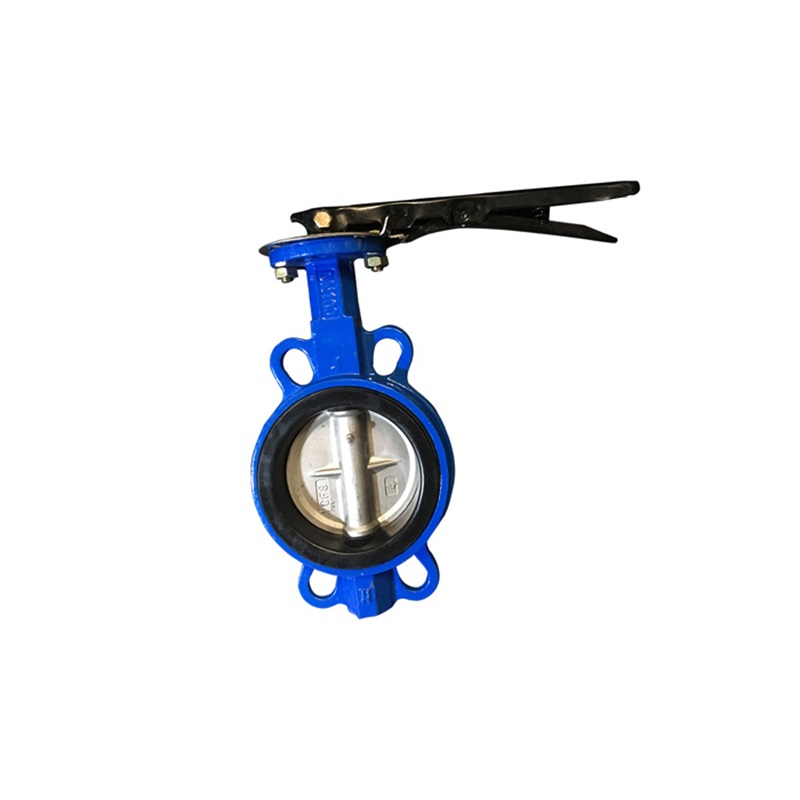
Soft seal refers to using a material with lower hardness on one side of the sealing pair. Generally, the soft seal seat is made of non-metallic materials that possess certain strength, hardness, and temperature resistance. It offers excellent sealing performance, achieving zero leakage, but has shorter lifespan and poorer temperature adaptability.

Hard seals are made of metal and tend to have relatively poorer sealing performance. Soft seals cannot meet the process requirements for some corrosive materials, which hard seals can address!
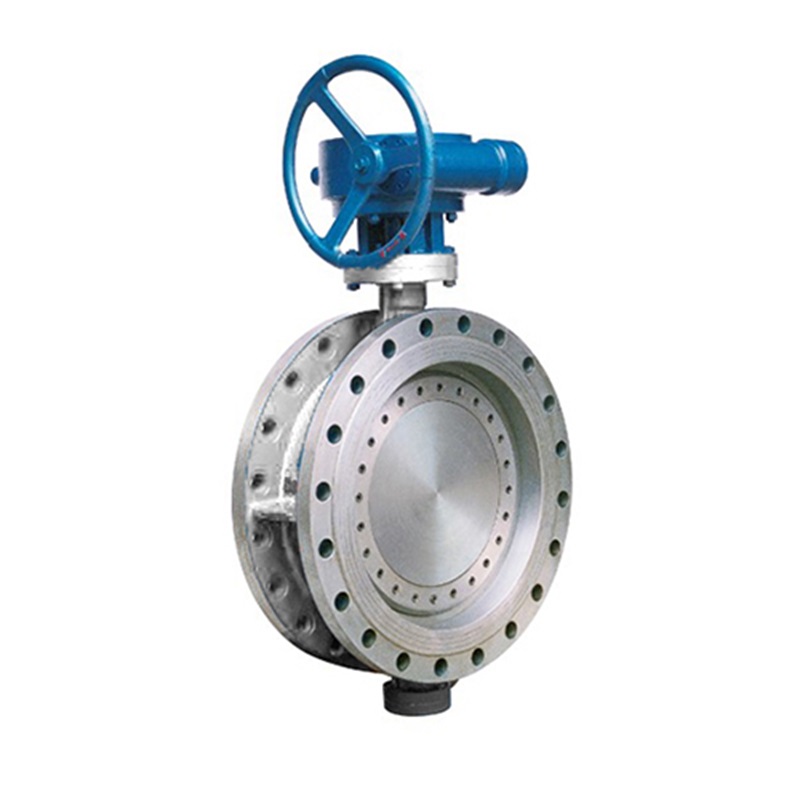
Advantages of soft seal include superior sealing performance, while disadvantages are susceptibility to aging, wear, and short service life. Hard seals, on the other hand, offer a long service life but relatively inferior sealing performance compared to soft seals.
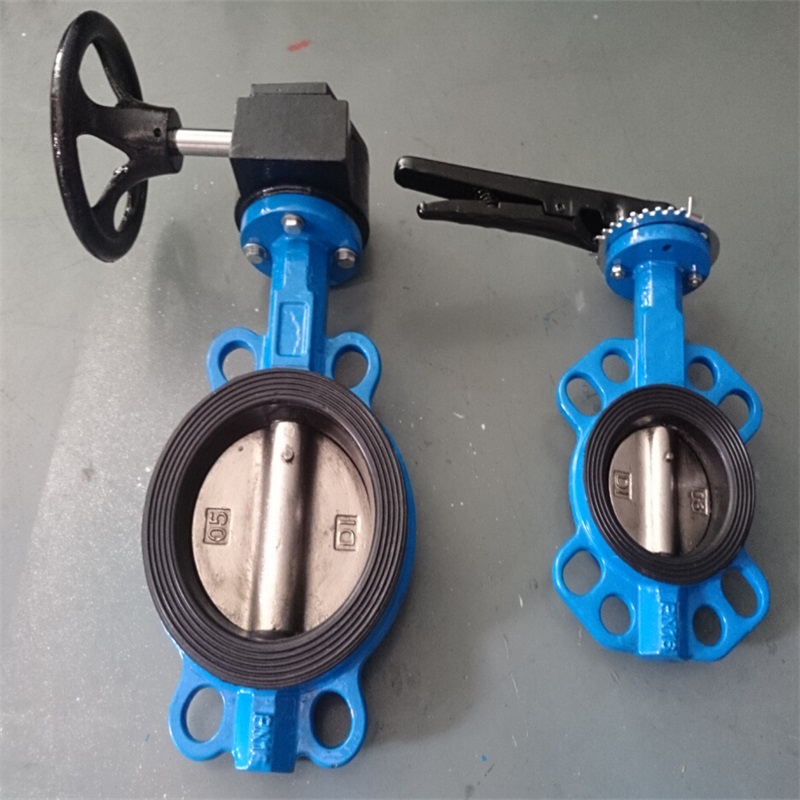
Given these characteristics, soft seal butterfly valves are suitable for bidirectional opening and closing, as well as regulation in ventilation and dust removal pipelines, water treatment, light industry, petroleum, and chemical industries. Hard seal butterfly valves are more commonly used in heating, gas supply, coal gas, oil products, acids, alkalis, and other environments.
